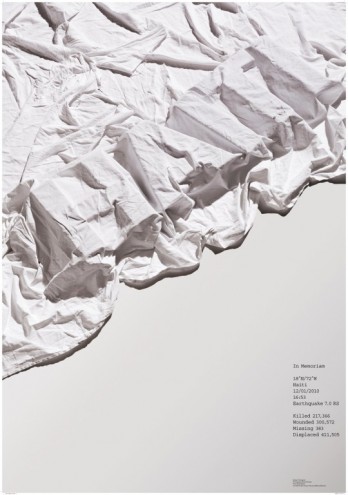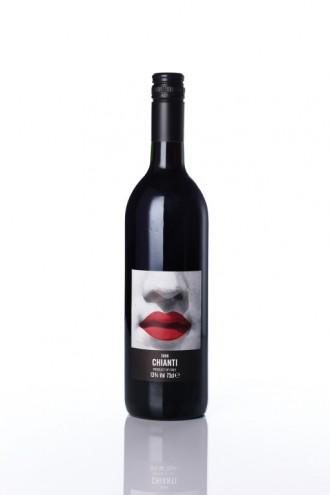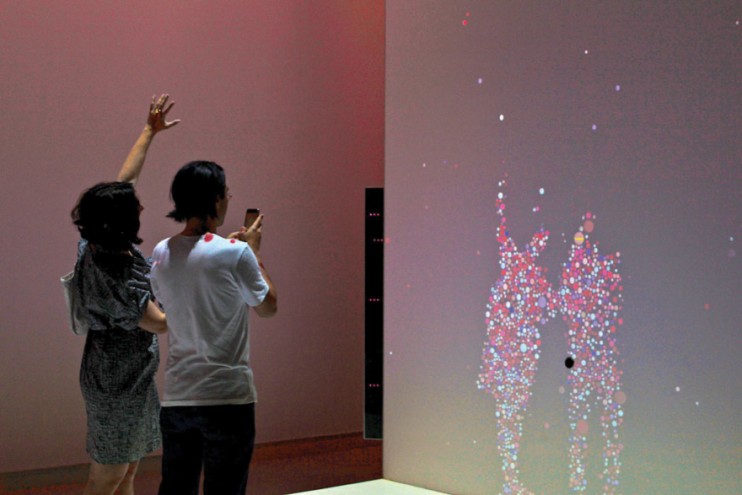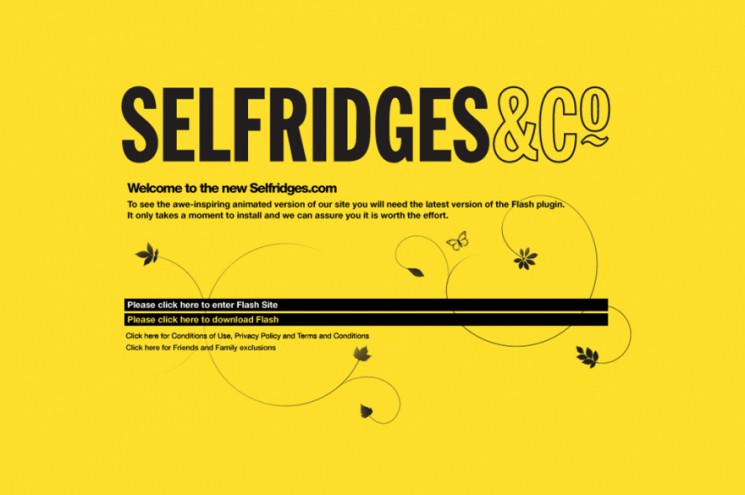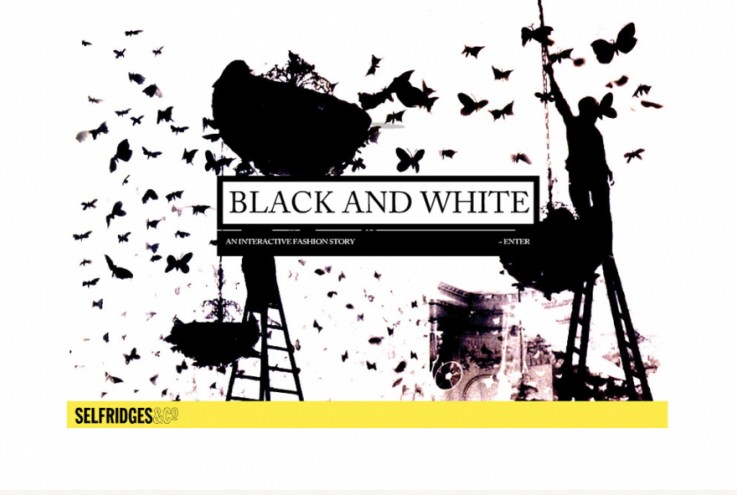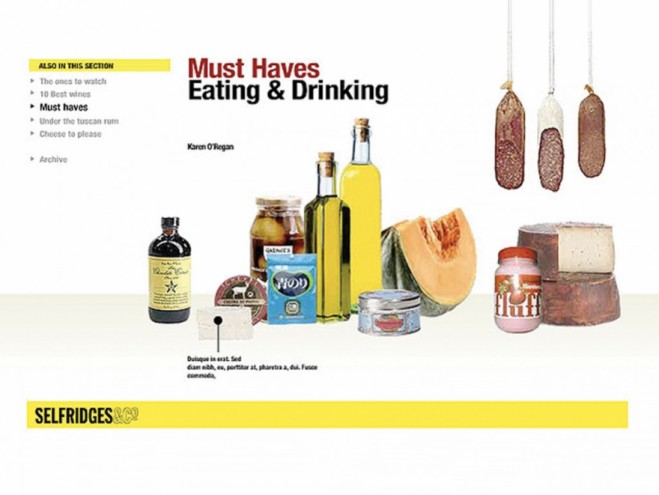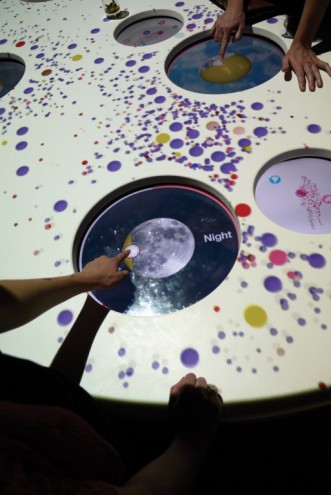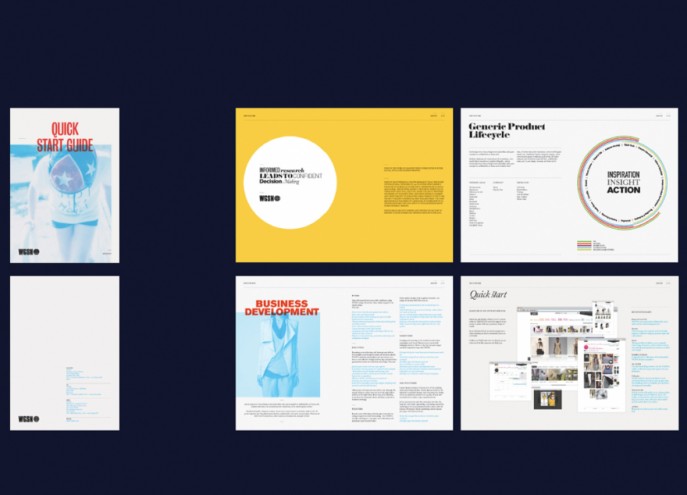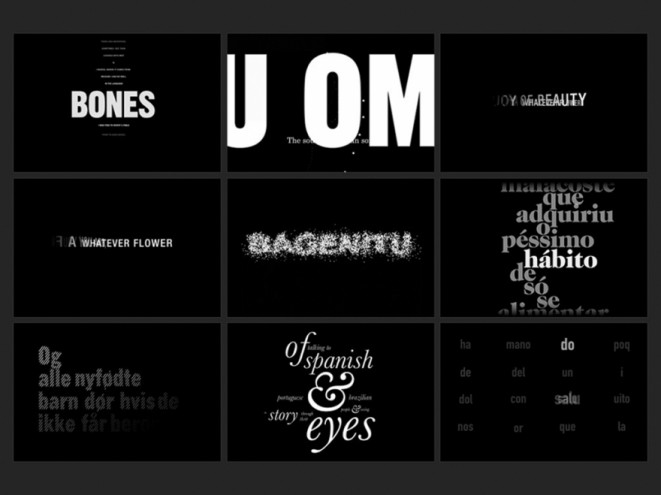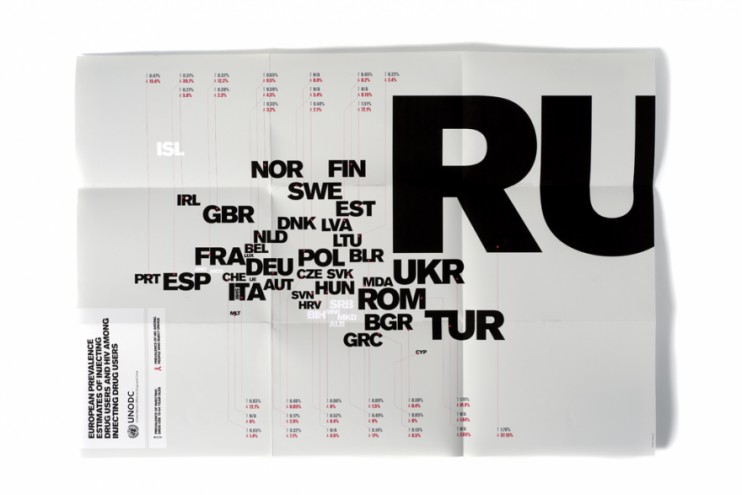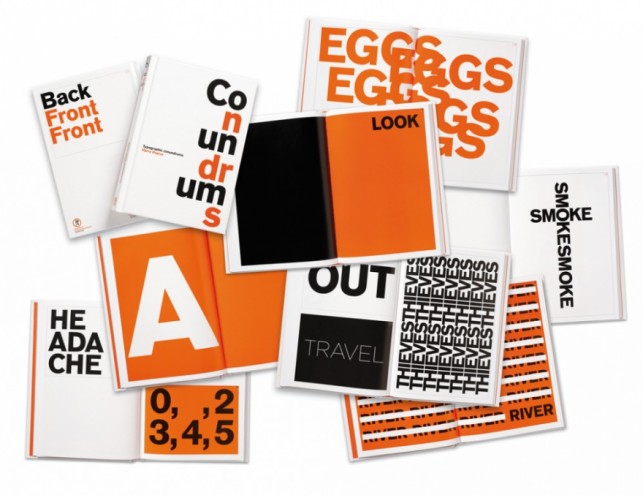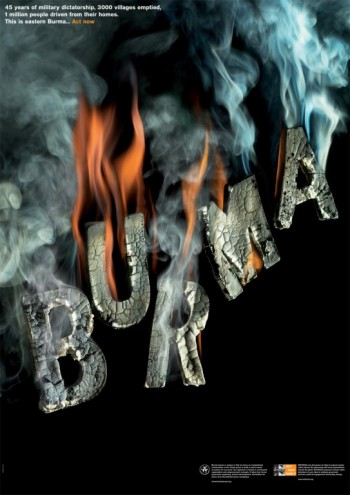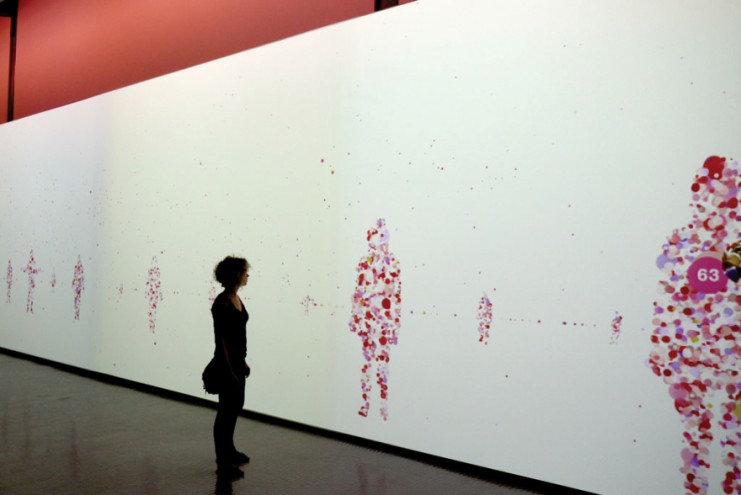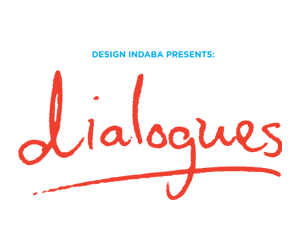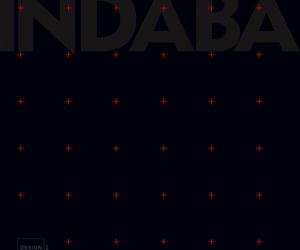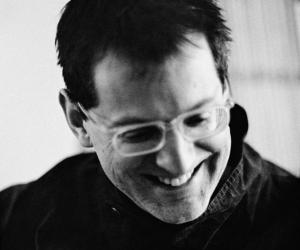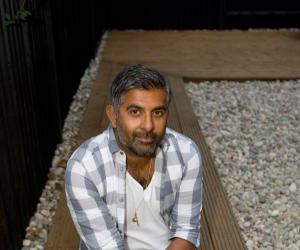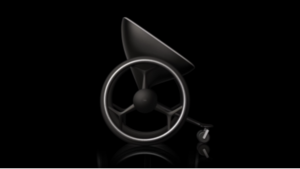Part of the Project
First Published in
Simon “Sanky” Sankarayya: How we know each other is actually something that we have both talked about recently in presentations and conferences, but I think Harry may want to start.
Harry Pearce: Well, that is passing the buck! As I remember it, we were both heading towards Goa about four years ago. We met in the lounge in Heathrow airport, didn’t know each other from Adam and immediately got into conversation. We both started that journey down to India with all sorts of issues flying around in our lives. I had just come out of a big relationship, lost my biggest client and joined Pentagram. My whole world was shifting, and suddenly I found someone else that I could have a great conversation and share the trip with.
Sanky: It was quite serendipitous. Our agency had been going for four years and had started to get slightly bigger projects. It was one of the first big talks that I had done on behalf of AllofUs. Also my girlfriend at the time had just moved to New York to go and carry on her fashion career. So, there was a bit of turmoil going on for both of us, and I think the calmness and the sereneness of Goa made it the perfect place for us to hang out and bond. It is funny that quite often when you meet people in design, you don’t really talk about design. One thing we touched on quite a lot was that our influences are not out of a book. The things that seem to steer our work are more to do with who we are, our life experience and pushing ourselves to actually understanding. By pushing yourself in different directions, you understand things from a wider perspective.
Harry: We have come from very different worlds on all fronts, haven’t we? Our work, social world, everything, and yet in the past three years we have ended up in different places in the world together and spent a lot of time together. We did a road trip when we were both speaking in New Zealand about a year ago. We hired a car and spent three days driving through the hills, mountains and lakes, spending our money on the worst hotels and the best food we could find.
Sanky: I think that is quite telling because it takes a bit of commitment to not just sit around checking your email, but disappear for a while on an adventure. It makes you grow much more beneficially than sitting learning about graphic design or whatever your field is. How we met and stayed friends is based on both of us understanding that there is work, but also everything else, and that it is really important to balance the two.
Harry: It comes through in the way we chase emotional work. Your work is far more animated than my work, but it is still chasing the same kind of beauty, emotions and things that move people.
Sanky: To a certain degree, you could argue that it is easier for me because I have sound, motion, interaction and other aspects about my work that can be used to create engagement. But nonetheless your work does that very succinctly.
Harry: The first time that we actually collaborated was for the London Design Festival. That installation was very poetic. It was a purely typographic reaction to some beautiful things that were done with translation between Pen 26 and writers from around the world who didn’t understand each other’s language. We turned it into a very lyrical typographic film.
Sanky: Yeah, we really looked at the content; all good design should theoretically start from the content out, rather than the other way in. That’s also how AllofUs work. My involvement with D&AD has really opened my eyes to the vast changes in how communications function today. Covering graphic design, advertising and everything in between, people are realising that they have to work collaboratively.
Harry: The creative world has to see itself as an ecosystem. The more interdependent, the more collaborative, the richer and stronger it will get. Isolating yourself is the reverse of where everything is going. Your own personal growth also benefits from sharing and nurturing ideas with other people.
Sanky: One should approach a problem completely neutral of any perception of anything, not caring what skills set you will need to deliver it and just come up with the best idea for it. Then involve whomever you need to get that made. Like your charity stuff, which a lot of people know and admire you for – Witness, Peter Gabriel and so on – you’ve always worked with other people on that too, I assume. Is this type of work something that you feel that you have to do?
Harry: I do, Witness keeps my balance. It is an incredible privilege to make enough money to live and spend every day, just from thinking of ideas and being involved in the creative process. Witness is my way of balancing that privilege. It is 18 years that I have been doing it and I haven’t just done the occasional poster, which is the sexy thing to do. I have actually made it part of the daily life of the team.
Sanky: To be honest, it is probably a great PR machine for you but that is not why you do it.
Harry: No it isn’t. We are online every day doing stuff for Witness, giving them everything they need from a day-to-day graphic communication perspective.
Sanky: Do you think everybody should try and bring ethical work in?
Harry: I can’t make a statement like that because it sounds like I’m telling people what to do. Integrating some kind of balance where you give back whatever you gain, it doesn’t even have to be charity, is a very healthy way to live your life. But it is your call.
Sanky: If you weren’t a designer, would you be a failed guitarist? Would you be busking outside Pentagram?
Harry: Oh god! I would love to do that. I would love to just busk, if I had the balls to do it. But also when I was a teenager, I just wanted to bat for England.
Sanky: Did you ever actually try for a cricket team?
Harry: Yeah, I was the school captain and went for a youth county trial. I didn’t get anywhere, but I kept playing until it hurt too much and then I stopped.
Harry: What about you, if you weren’t doing what you are doing now, what would your dream be?
Sanky: Music is my other love. I’m an avid record collector and have DJed here and there. But I am actually quite glad that I didn’t pursue a career in it because music remains my escape from everything and I really like that. I have got friends who have gone into the music industry and become a little jaded because it is not the thing that they loved so much anymore. When I was at college I also struggled with whether I really wanted to be a designer or an artist. I ended up being a graphic designer, but I think I could probably be quite a successful failed artist! I think it would be nice to have the freedom of not having a brief, for a while at least.
Harry: Yeah! I cannot ever manage stopping doing creative stuff of some sort every day, regardless of the commercial thing. I would just grind to a halt. I can’t imagine you stopping either.
Sanky: I think it is a trait of most creatives that they find it very hard to sit still.
Harry: And you will always travel and journey.
Sanky: Indeed, there are massive lessons that I have learnt through travelling, even if it’s just to have the rug pulled from underneath me. Not being able to speak the language, not knowing where I am, not knowing how to ask for this or that… That disarmament is actually really refreshing and keeps you aware of your humanity.
Harry: You have to be completely alive to be able to do it. You can’t drift when it is like that.
Sanky: It simply reminds you to engage with people and a lot of our work is about doing that.
Harry: I am convinced that just by moving, just by walking down the street, you get unstuck. If I sit still too long, I just don’t get ideas but if I am walking, things just flood in. What about accidental stuff? Do you use accidental stuff in your work? I find so many times that something happens accidentally and turns out to be the answer. It wasn’t my logical trip that took me to the answer; it was an accident that happened on the way that opened the door.
Sanky: We used to work with a theatre designer that shared our space and he didn’t have a computer. This was about seven or eight years ago, but he was completely computer illiterate. We used to pull him into brainstorms because he would have a completely different perspective on what we were trying to achieve.
Harry: You break the thought patterns. It is the same thing as what you were talking about being in a foreign city. You don’t have a clue how to move around or do anything, and you have to break your pattern.
Sanky: How would you see yourself if you were 20 years old and starting out now?
Harry: One thing that really paid off was that I was completely lost at college. I went to Canterbury and did a degree in graphic design. Then I had a couple of external tutors who pointed out a couple of people to me – one was Duchamp and one was Cassandre. A very weird mix, even if they’re both French! One was all about the mind, and one was all about images and words.
Sanky: You are the conduit between Cassandre and Duchamp!?
Harry: Yeah, I channel dead people all the time! But, it made me realise that you get close to the people that count for you. I didn’t ever go and look to be friends with Alan Fletcher, but when people like that come into your world, you either connect with that or it passes you by. I think recognising when your guides come, no matter what age you are, is really vital.
Sanky: That’s really pertinent; you’ve stayed pretty committed to the people and the things that you feel are important to you. There are a lot of people whose careers have gone from film to advertising to product... But you’ve stayed true to the things that you started from. The scale of what you do is just a thousand times bigger. Curiously, I have done the same kind of thing, always on the creative and visual side of interaction design. If I was a lot younger I might try out a lot of things and see what fitted. But I think there is a time to play and there is a real time for commitment.
Harry: How is it going with the D&AD?
Sanky: It is amazing. It is busy. Every Wednesday I go down to their offices in Vauxhall because it means that the studio doesn’t phone me then and D&AD don’t phone me when I’m not there. I actually cut the two things off, which is the only way that I feel that I can deal with it. It has also opened my eyes, as they are a non-profit organisation. All the money that they make from the awards goes back into educational programmes that range from younger audiences in schools to professionals. They pretty much support you all the way through your career in some shape or form.
Harry: Is it a shock? Is it keeping you awake at night?
Sanky: It is kind of scary. A lot of people have asked me: “What you are going to do?” Then I realised that the question should be: “Where can I be of most use?” This turns it into a type of design job rather than just a freethinking “What do I want to do?” The most difficult thing is that you are tongue-tied a bit as you can’t say what you are trying to do, because when half of that doesn’t emerge, you just look stupid.
Harry: You are learning another set of politics being a public figure, aren’t you?
Sanky: It gives you an insight into the industry that you would never ever get otherwise and, in that sense, is quite a challenge to take on board. It is one of those things that you just go: “God I’d love to do that” – once you can speak after the initial surprise. You are probably only going to be asked once in your life so you might well as do it.
Harry: It is like Design Indaba, you only get asked once don’t you?

